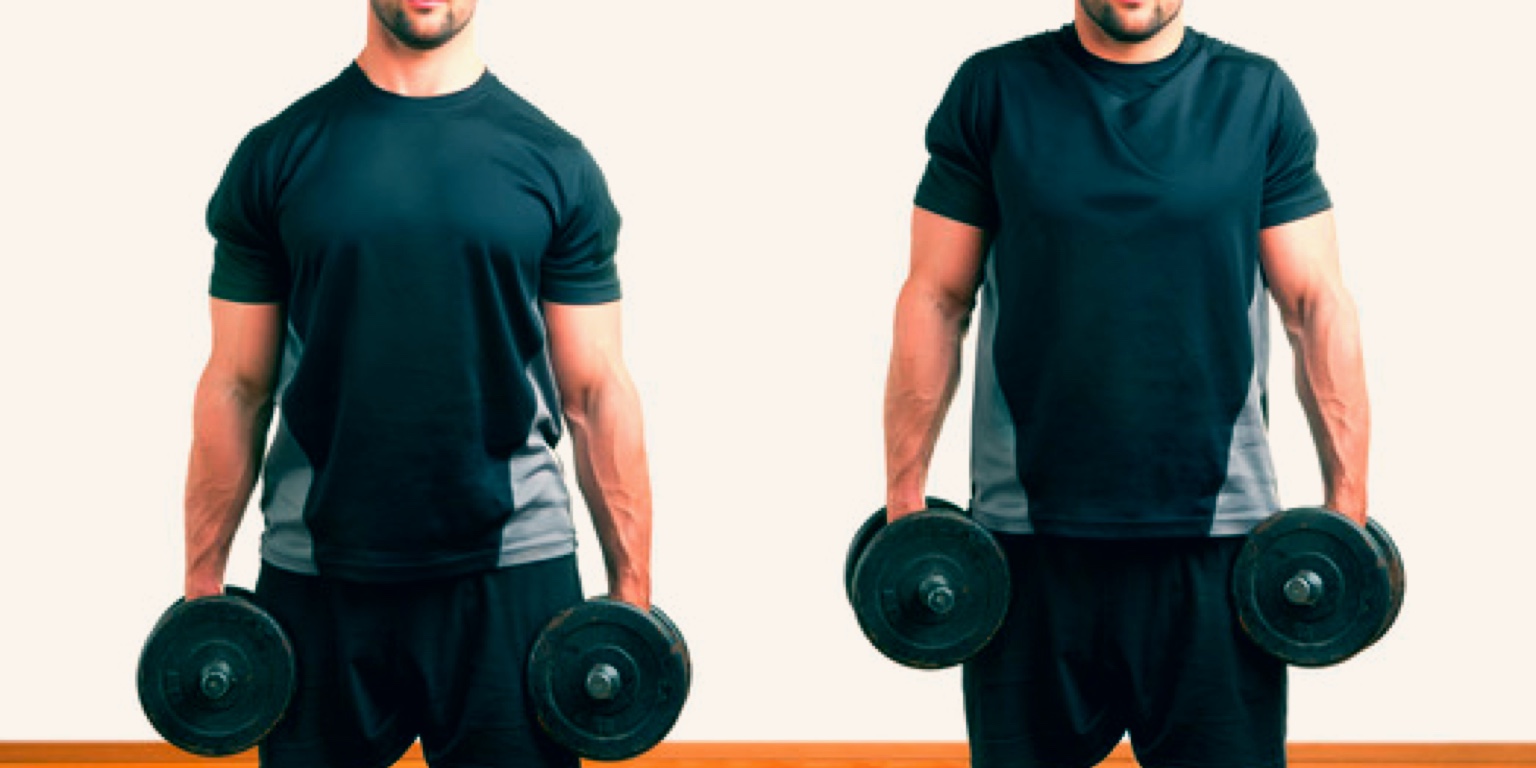
Shrugs are a strength training exercise that primarily develops your trapezius muscles. You can do shrugs with dumbbells, a barbell, resistance band or even a cable system. The exercise sees you hold the weight at your sides, then lifting your shoulders up towards your ears in a "shrugging" motion.
Jump to
Isolation for your traps
While compound exercises like upright rows and deadlifts do work your trapezius muscles, they also work other muscle groups at the same time. Upright rows not only work your traps, but also engage your deltoids and biceps. Deadlifts are even more comprehensive, targeting your lower back and leg muscles.
Shrugs, on the other hand, are an isolation exercise that specifically targets your trapezius muscles. This makes it an excellent choice if you are looking to build bigger traps.
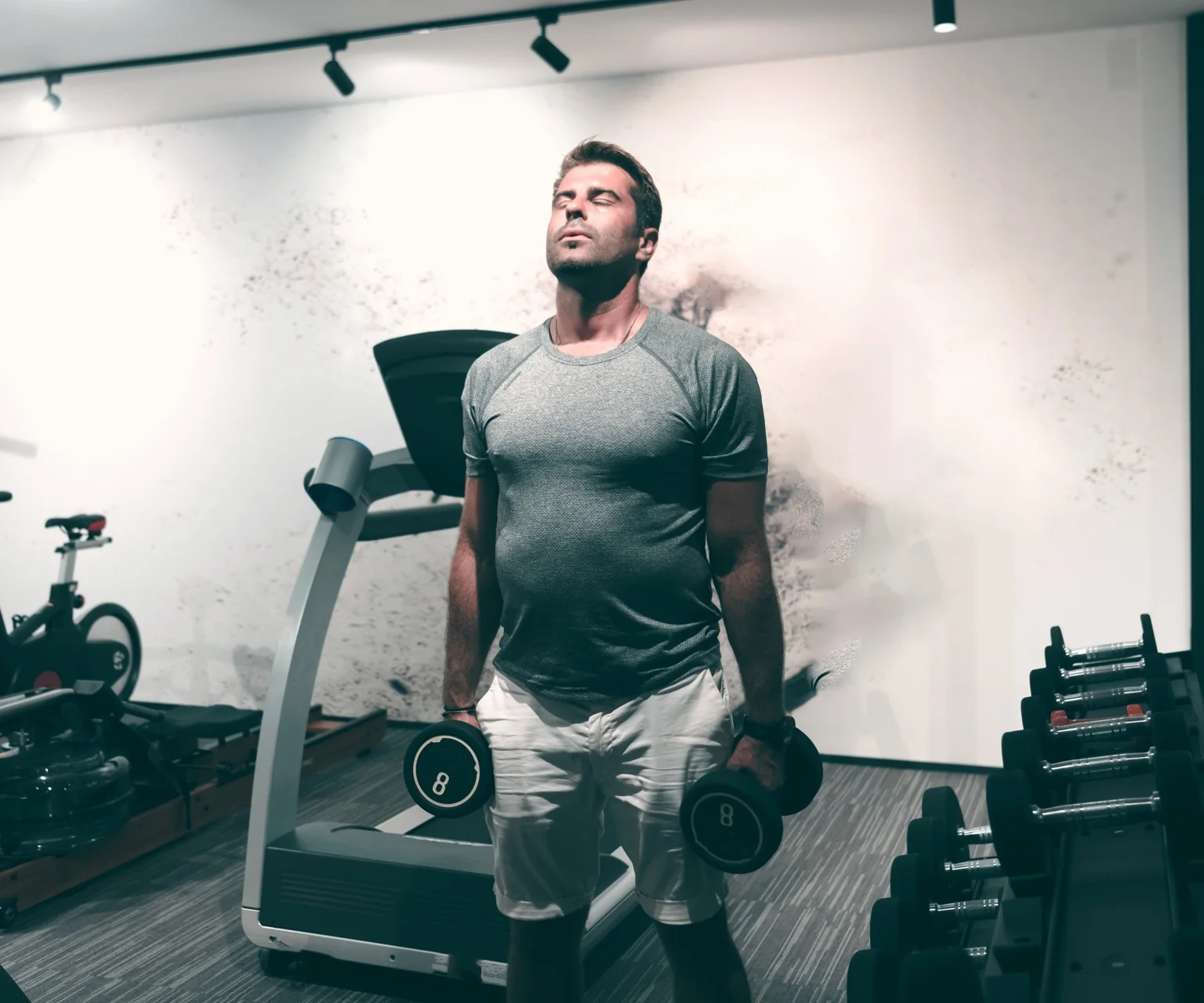
They are also much simpler to perform than compound exercises. This is because they engage fewer muscle groups and require less coordination, making it easy to maintain proper form. Performing this exercise with the proper form also reduces the risk of injury.
Typically, you can lift a heavier weight with dumbbell shrugs than you could lift with a compound exercise. This allows you to keep progressing and developing your shrugs efficiently.
Muscle worked - trapezius
Your trapezius (traps) muscles are the large triangular-shaped muscles that extend all the way over the back of your neck and deltoids, extending right down to the upper middle part of the back. It is divided into three parts called the upper, middle and lower traps. They move your shoulders and assist in moving your arms out to the side. Your middle and lower traps also help to retract and depress your shoulder blades.
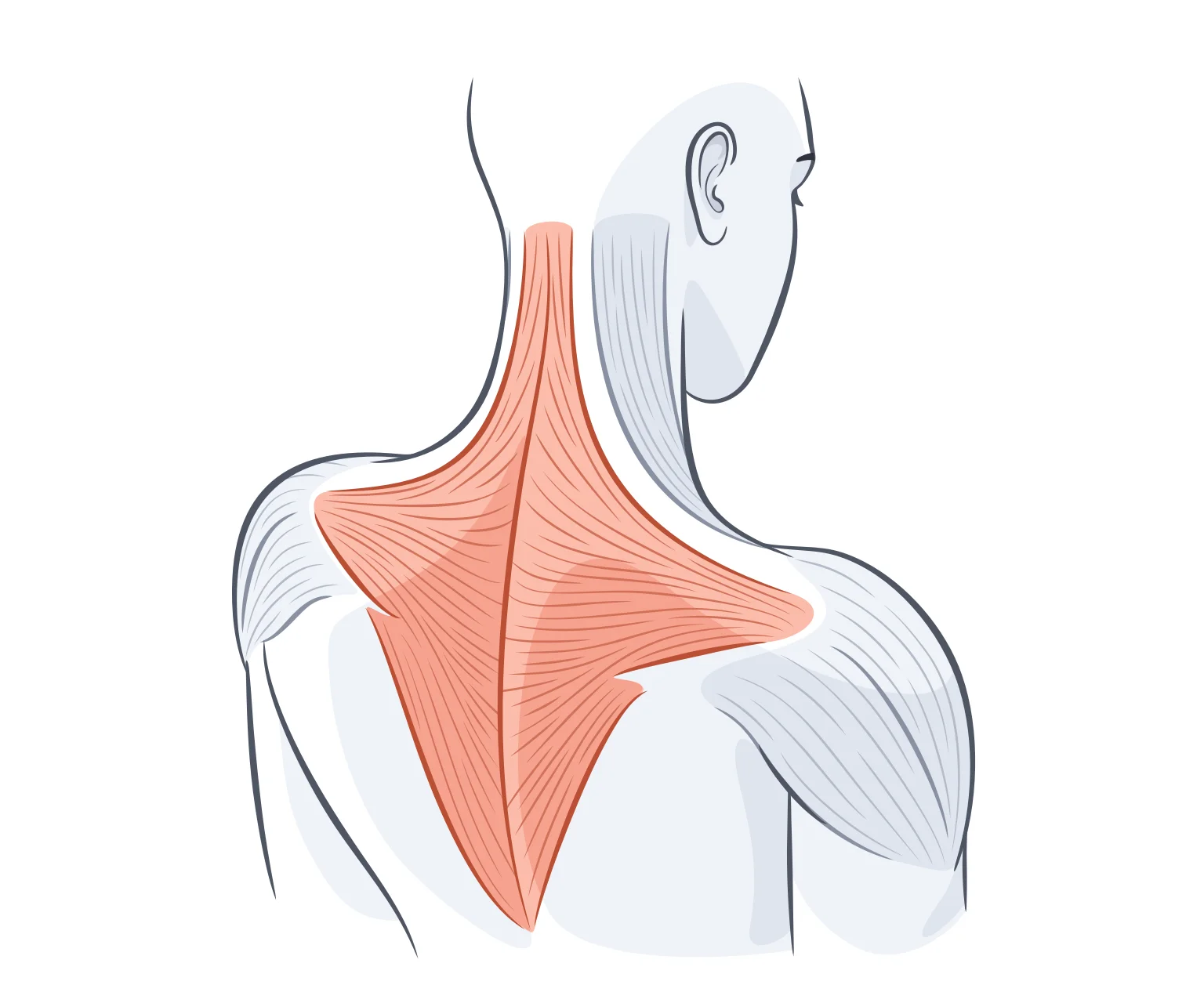
All variations of shrugs will work your upper trapezius muscles, since the "shrugging upwards" movement always the same. The only difference is each variation is the type of equipment used - dumbbells, a barbell, resistance bands or cables.
Dumbbell shrugs
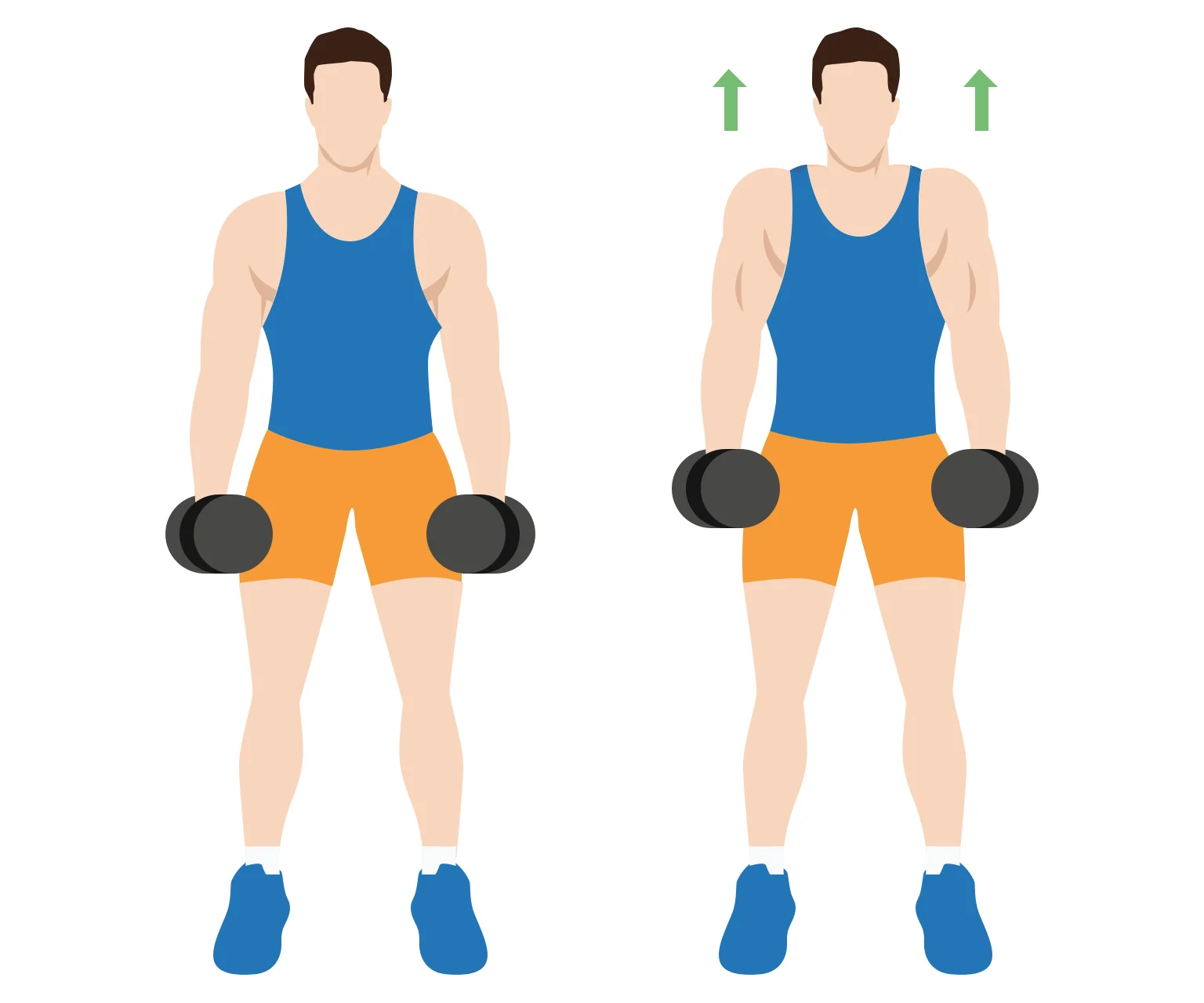
The primary benefit of dumbbell shrugs is to strengthen and develop your upper traps. This is the muscle in your your upper back and neck. It also works your levator scapulae, which is a small muscle in your neck that helps pull your shoulders up.
Dumbbell traps are a suitable exercise for all fitness levels. Start with a weight that is management for your current fitness level.
How to do
- Stand upright, holding a dumbbell in each hand. Your palms should be facing your body and your feet should be shoulder-width apart.
- Keeping your palms close to your body, lift the weights by elevating your shoulders as high as possible.
- Hold at the top of the movement.
- Finally, slowly lower the weights back to the starting position.
- Repeat for the desired number of reps.
Sets and reps
3-4 sets of 8-12 reps is recommended for most workouts. This will provide a good balance between muscle strength and endurance.
Start with a light weight that you can manage to perform all reps. As you build strength in your traps, gradually increase the weight to keep the exercise challenging.
Barbell shrugs
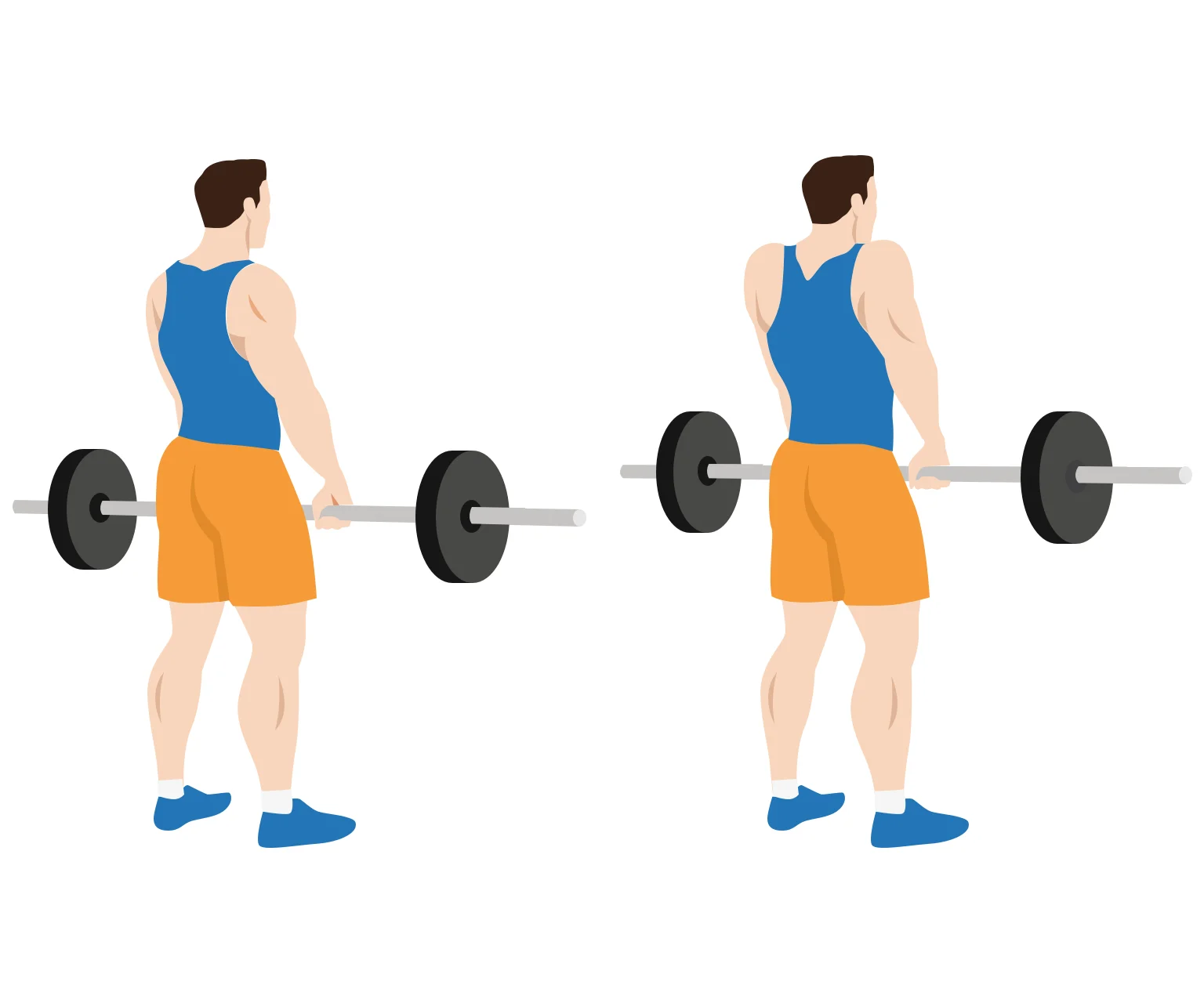
You can also use a barbell to perform shrugs, rather than dumbbells. In a barbell shrug, your hands are positioned in front of your body. Barbell shrugs may allow you to work with heavier weights, but otherwise offer all the same benefits as dumbbell shrugs.
How to do
- Stand upright and hold a barbell with your hands slightly wider than shoulder-width apart.
- With your back straight, shrug your shoulders up towards your ears as high as possible.
- Pause at the top of the movement.
- Finally, slowly lower the bar back to the starting position.
- Repeat for the desired number of reps.
Resistance band shrugs
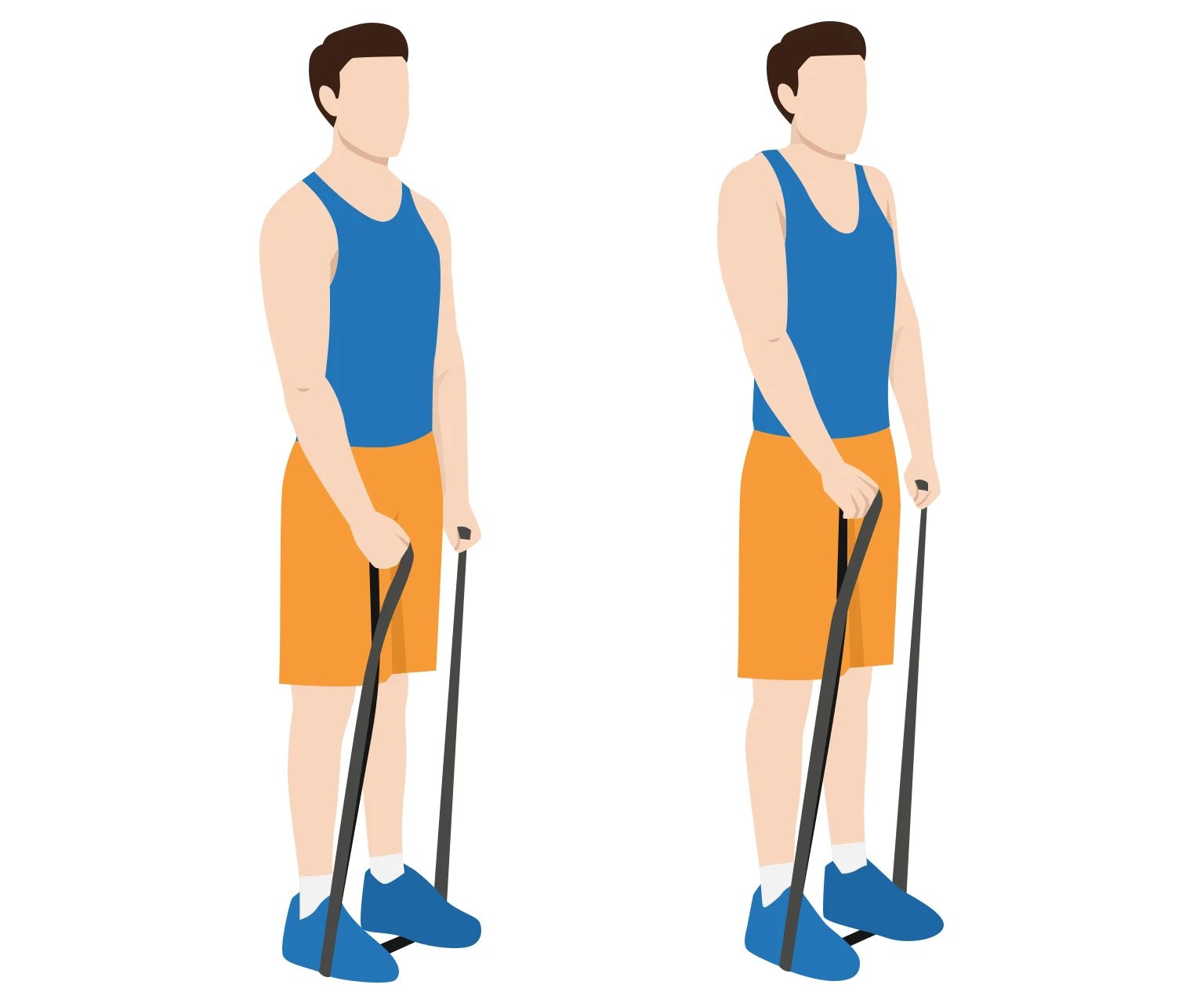
Resistance band shrugs use a band wrapped around your feet, which you pull up. The tension in the band provides enough resistance for beginners, but you will want to move to a barbell or dumbbell variation once you've build up some strength.
How to do
- Stand on the middle of a resistance band, with your feet shoulder-width apart.
- Grab each end of the band in your hands. Your palms should be facing your body, with your arms by your sides, or just in front of your thighs.
- Slowly raise your shoulders up towards your ears.
- Squeeze at the top of the movement.
- Finally, slowly lower your shoulders back to the starting position.
- Repeat for the desired number of reps.
Cable shrugs
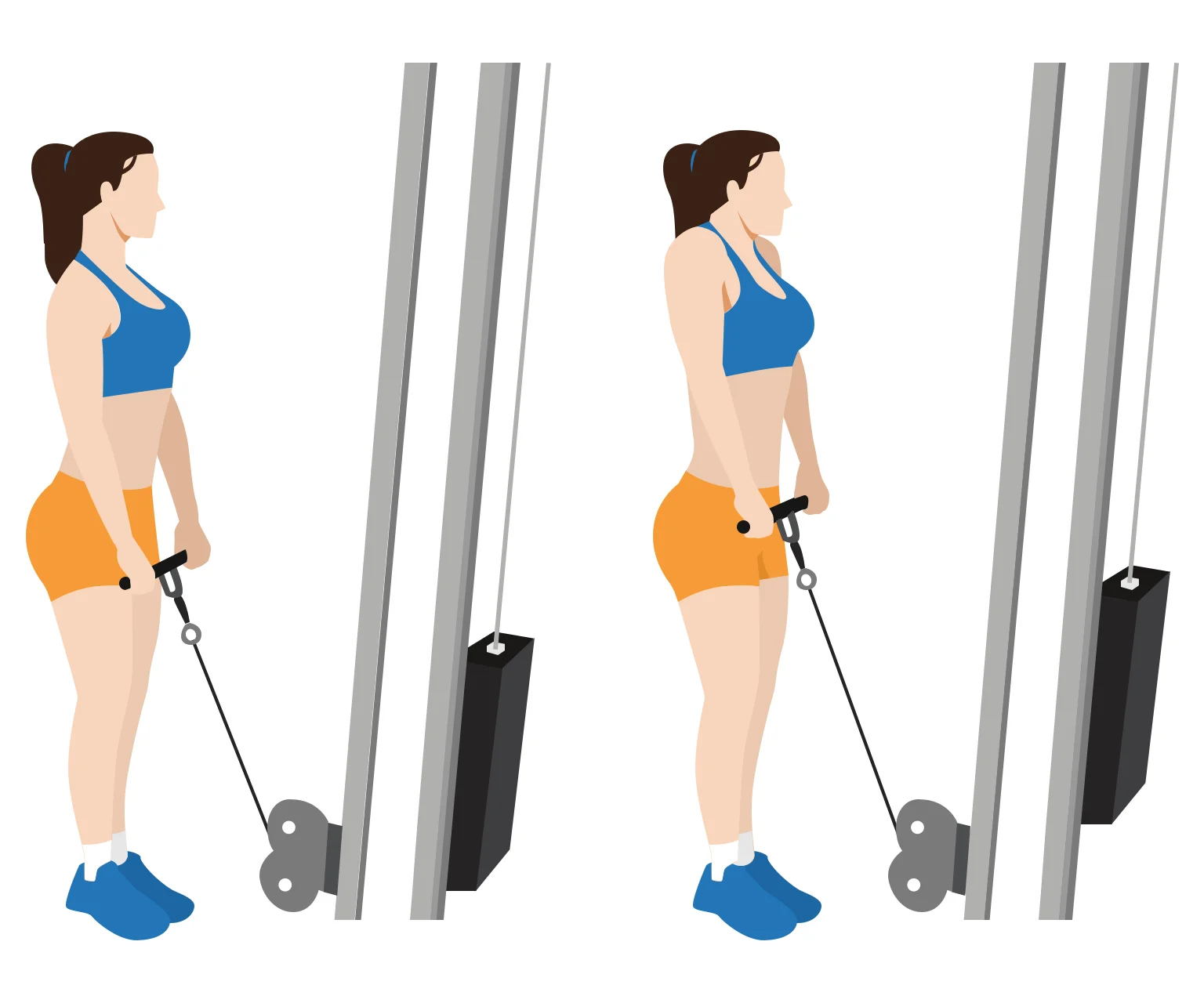
In the cable variation of the shrug, you pull a cable from a low, fixed point. This applies a resistance at an angle, compared to free weight shrugs where the resistance is vertically downwards. The different angle provides a slightly different workout for your traps.
How to do
- Stand in front of a cable machine, with your feet shoulder-width apart.
- Select an appropriate weight on the weight stack.
- Hold the cable attachment with both hands. Start with your arms fully extended, with your palms facing your body.
- Slowly lift your shoulders up towards your ears in a shrugging motion.
- Pause for a moment at the top of the movement.
- Finally, slowly lower your shoulders back to the starting position.
- Repeat for the desired number of reps.
Tips
Go slow or go faster
When it comes to shrugs, you can either perform the shrug using slow and controlled movements, or using faster and powerful movements.
If you use slow and controlled movements, you will be able to carry a heavier weight, which might help you build muscle faster.
For a fast rep movement, you'll need to lift a lighter weight. Although this reduces the intensity of the exercise, it will help condition your traps for functional movements.
Your traps muscle is pretty evenly split between slow twitch and fast twitch muscles. In your upper traps specifically, it's most fast twitch muscles. This means you'll benefit from doing both slow and fast versions of the shrug to ensure comprehensive conditioning and development of your traps.
Proper form
Here are some tips to ensure you maintain proper form while doing shrugs:
- Keep your arms straight - While performing shrugs, ensure your arms remain straight through the entire movement. This ensures your traps, rather than your biceps or forearms, are doing all of the work. This ultimately leads to better development of your traps.
- Don't roll your shoulders - Some people recommend rolling your shoulders while doing shrugs, but this can lead to shoulder impingement and other injuries. We recommend lifting your shoulders straight up towards your ears. This ensures you'll get all the benefits of the exercise, while minimizing your risk of injury.
- Squeeze at the top - When performing slow and controlled shrugs, we recommend holding at the top of the movement for a second. Focus on squeezing your traps before you lower back down. This will increase muscle activation, making your workout more effective.
